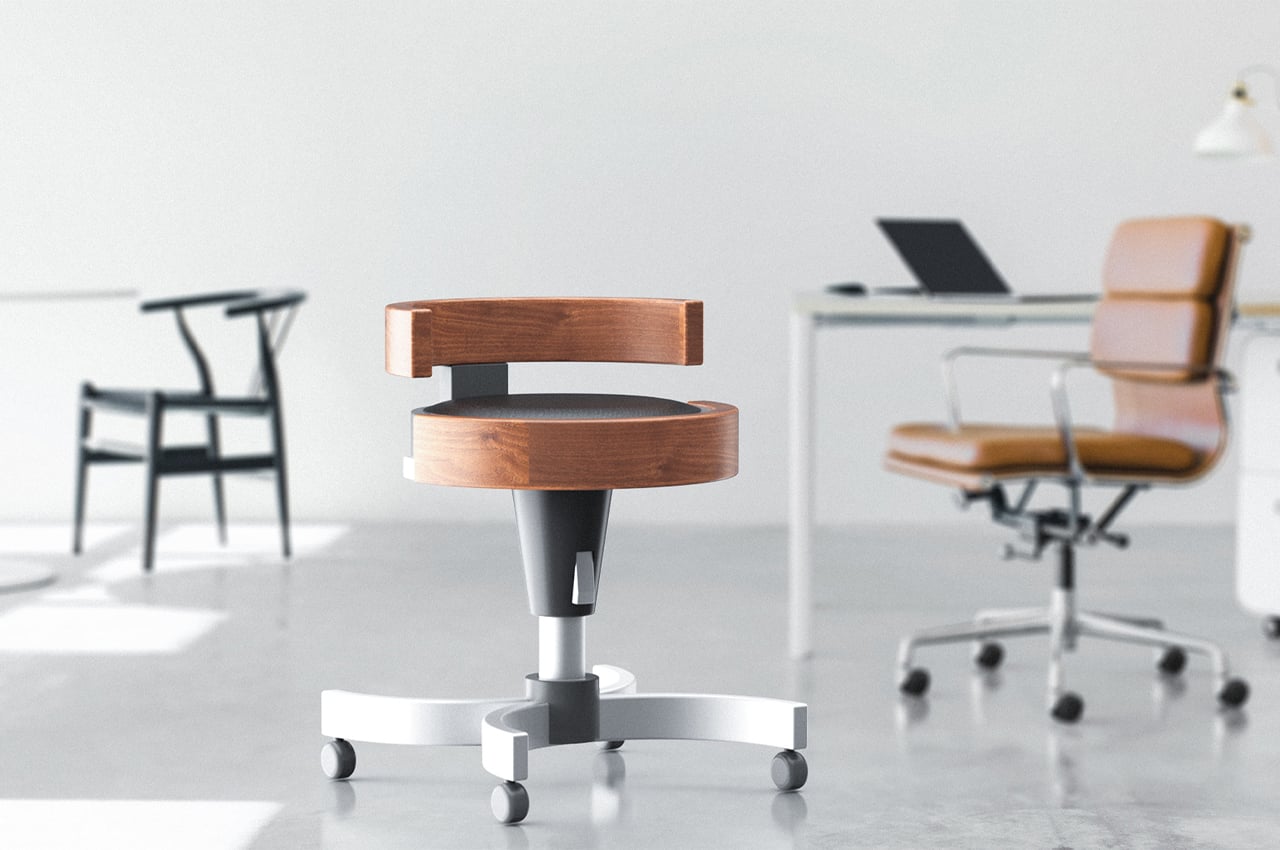
We often underestimate the importance of a great chair! When in reality we really shouldn’t. We spend the majority of our day sitting on chairs, whether we’re working in our home office, enjoying a meal, or simply sitting and reading a book for leisure! Hence, this piece of furniture needs to be not only comfortable but ergonomic, and aesthetic as well. And we’ve curated a collection of chair designs that meet all these criteria! From a modular chair that transforms into a small workspace to a sustainable 3D printed chair – these innovative chair designs are not only a boon to your back, and help you maintain a healthy posture, but are also super comfy to sink into, and will perfectly match the interiors of your modern homes. Enjoy!
1. D-Tach
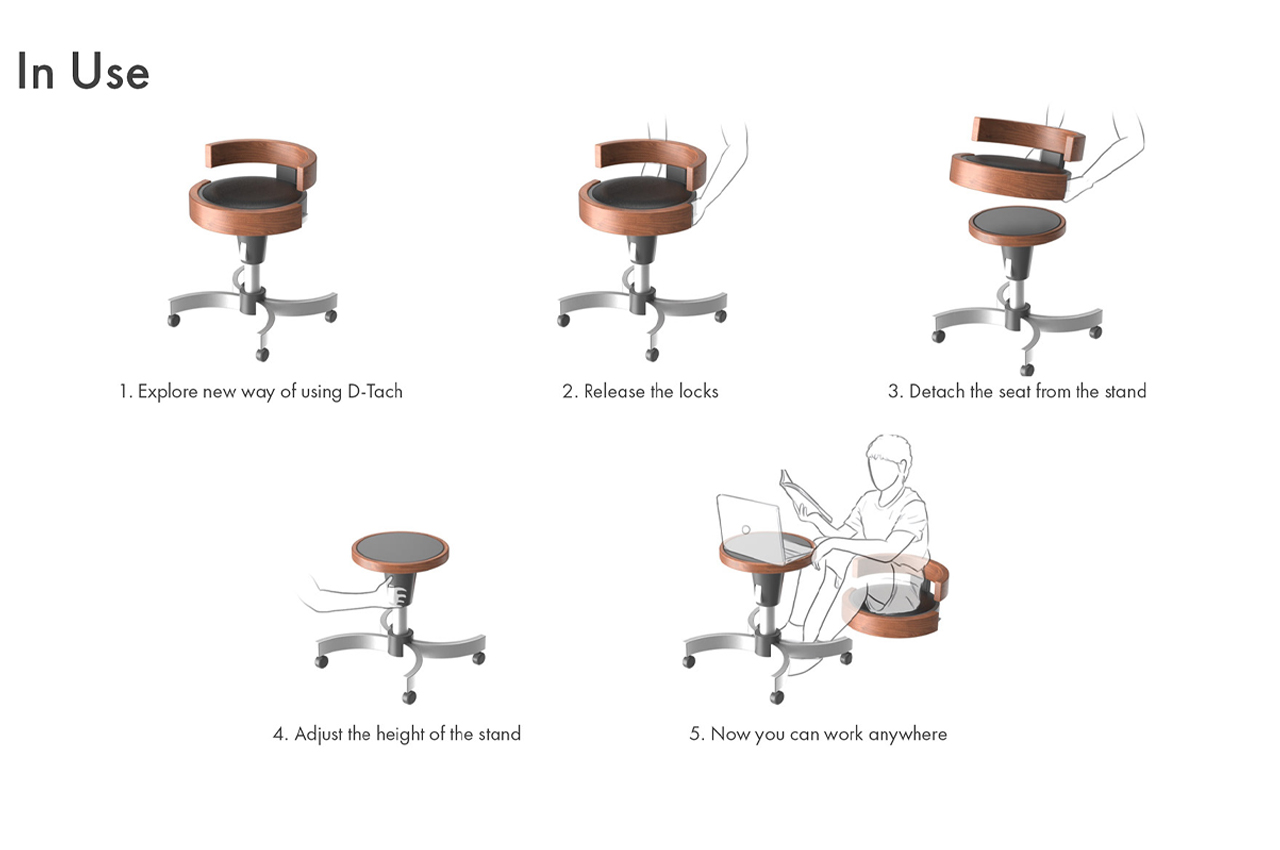
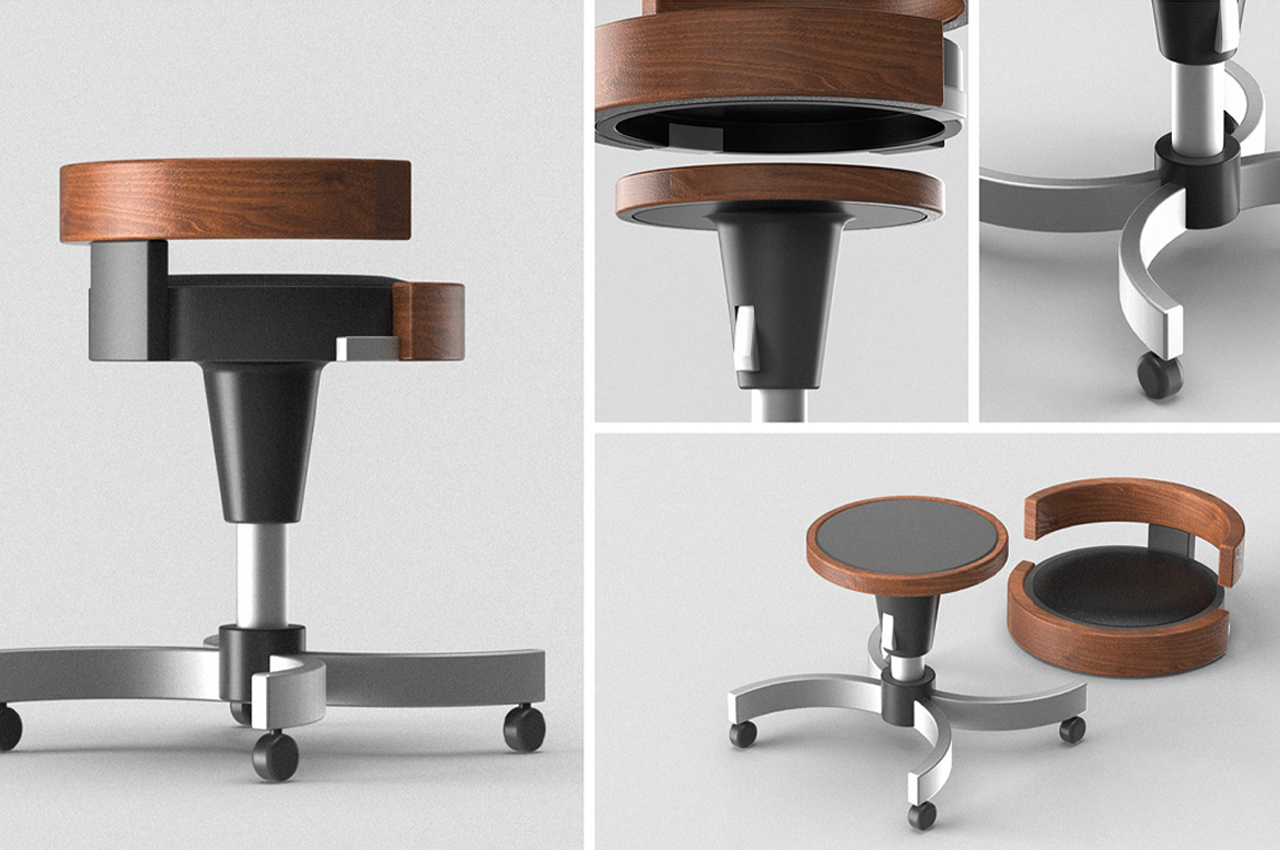
Industrial design student Andrew Chang decided to create a chair that fits the bill. D-Tach is a modular stool design that functions as a traditional office chair, only to disassemble into parts that provide a small working space on the go. In its initial form, D-Tach comes as a fully intact stool, complete with leather cushions and a backrest. When designing D-Tach, Chang changed the traditional shape of a stool to better fit his stool’s dual function. Describing this choice, Chang explains, “I changed the traditional stool stand into a circular [shaped] stand. This gives the feet more room when using the stand as a table.”
2. Konvergence
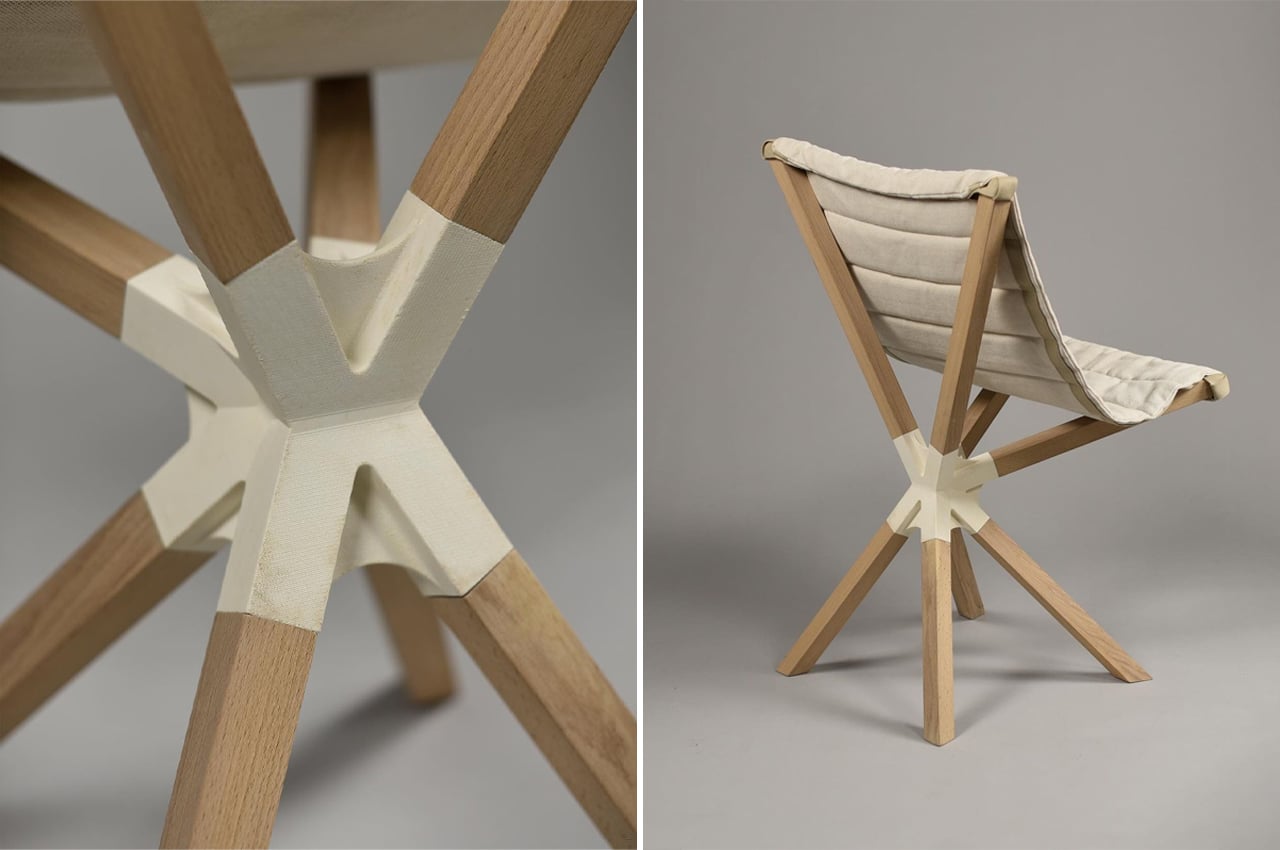
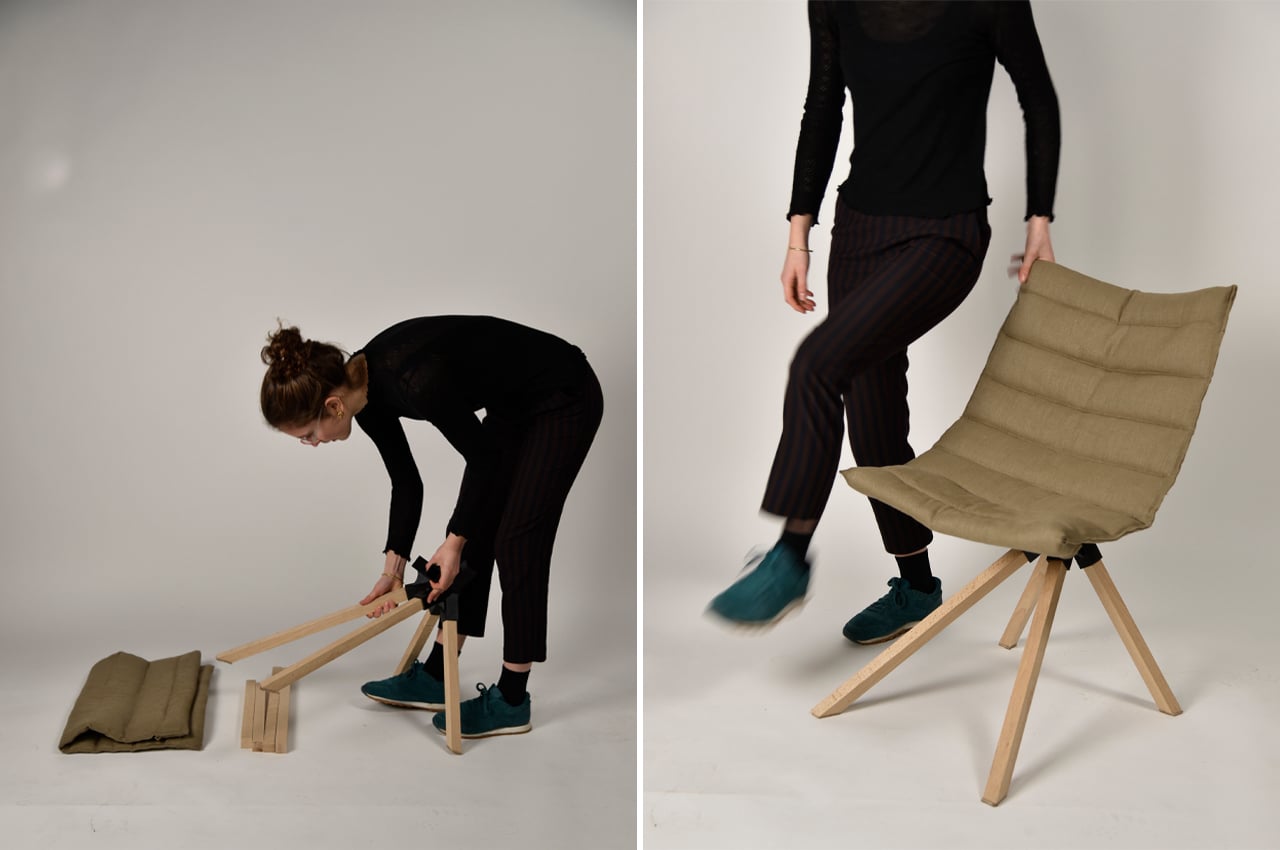
Designing their own interpretation of the classic lounge chair called Konvergence, Paris-based designer and maker, Emmanuel Hugnot turned to 3D printing to produce a central knot that eight wooden slats protrude from to define and support the shape of a fully-formed chair. The central knot of Konvergence resembles the shape of a ball-and-socket connector piece from LEGO kits. Keeping a total of eight end sockets, the central knot functions as the chair’s cornerstone, providing the bridge for all of Konvergence’s additional components to connect. Taking to common beech to produce the eight wooden slats, Hugnot went with the brightly textured timber for its rigidity and current abundancy in Europe’s forests.
3. The Sycamore Chair
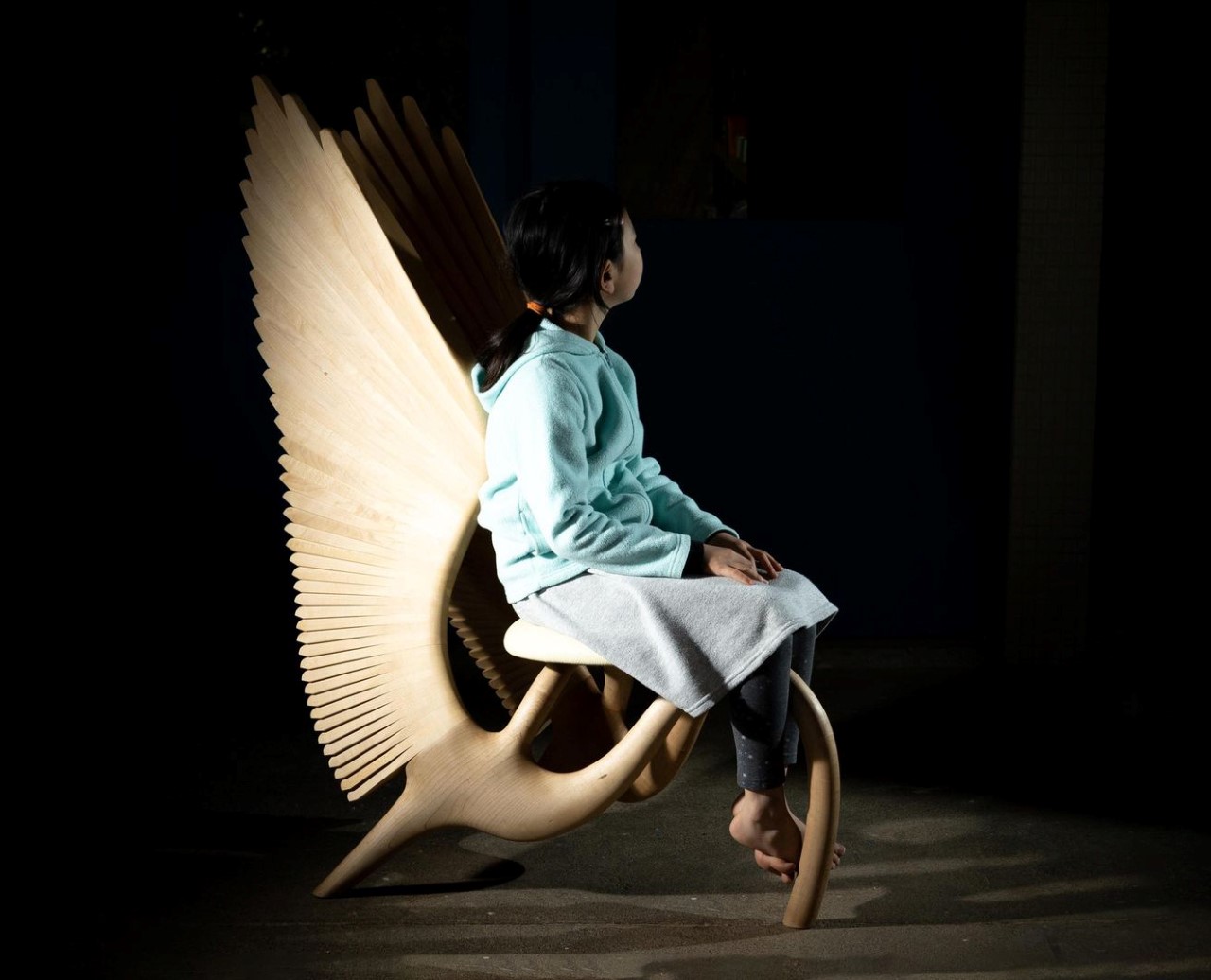
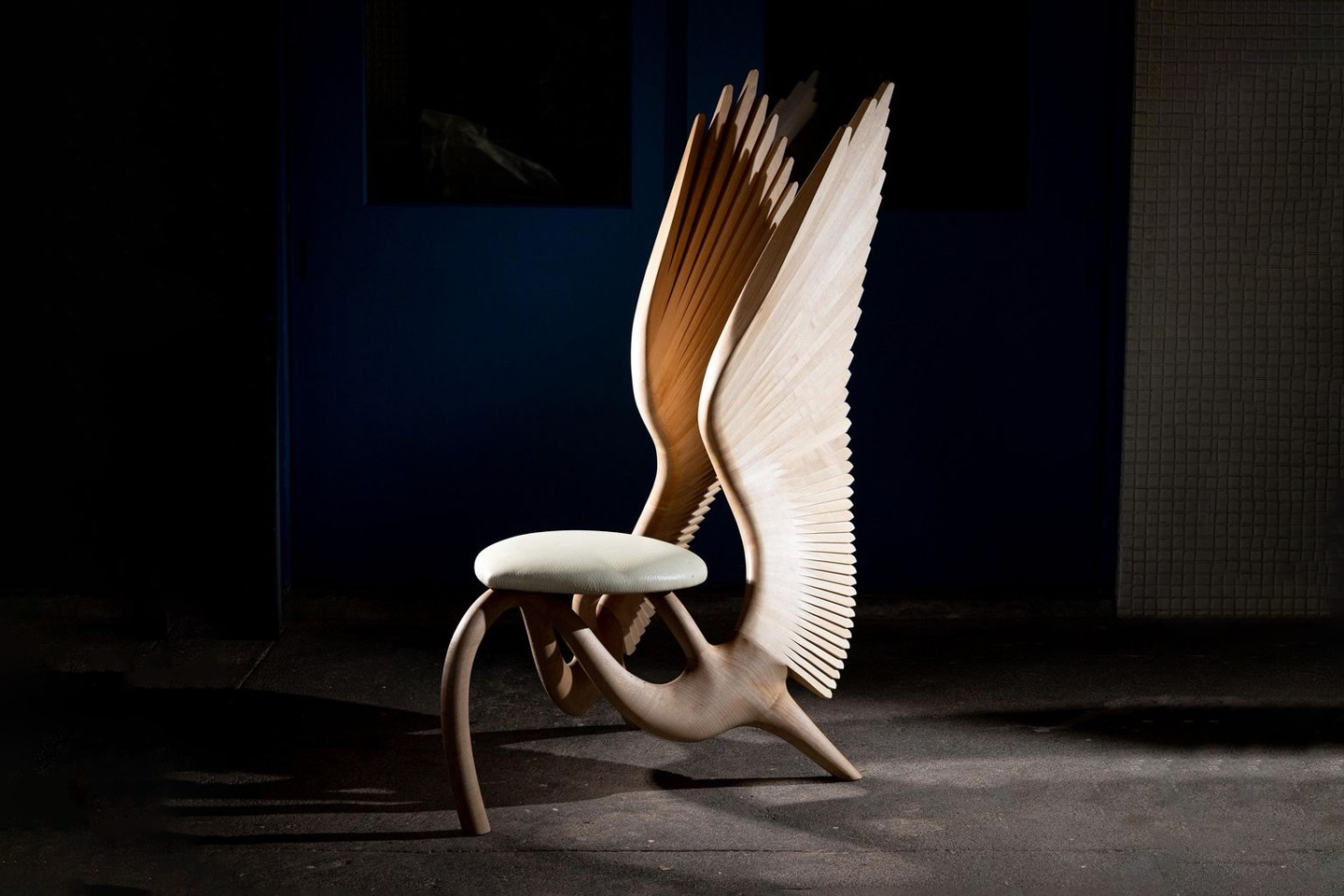
The Sycamore Chair, meticulously carved out of maple wood by Japan-based woodworking artist Masaki Kondo, sports a rather non-functional design that sits more on the latter half of the design-to-art spectrum. The chair’s borderline mythical design (it’s a stool, technically) has three organic legs that look like the furniture is kneeling, with the rear two legs sporting massive wings that emanate outward, like an archangel. Sit on the Sycamore and it looks like you’ve magically sprouted wings!
4. The Afford Chair
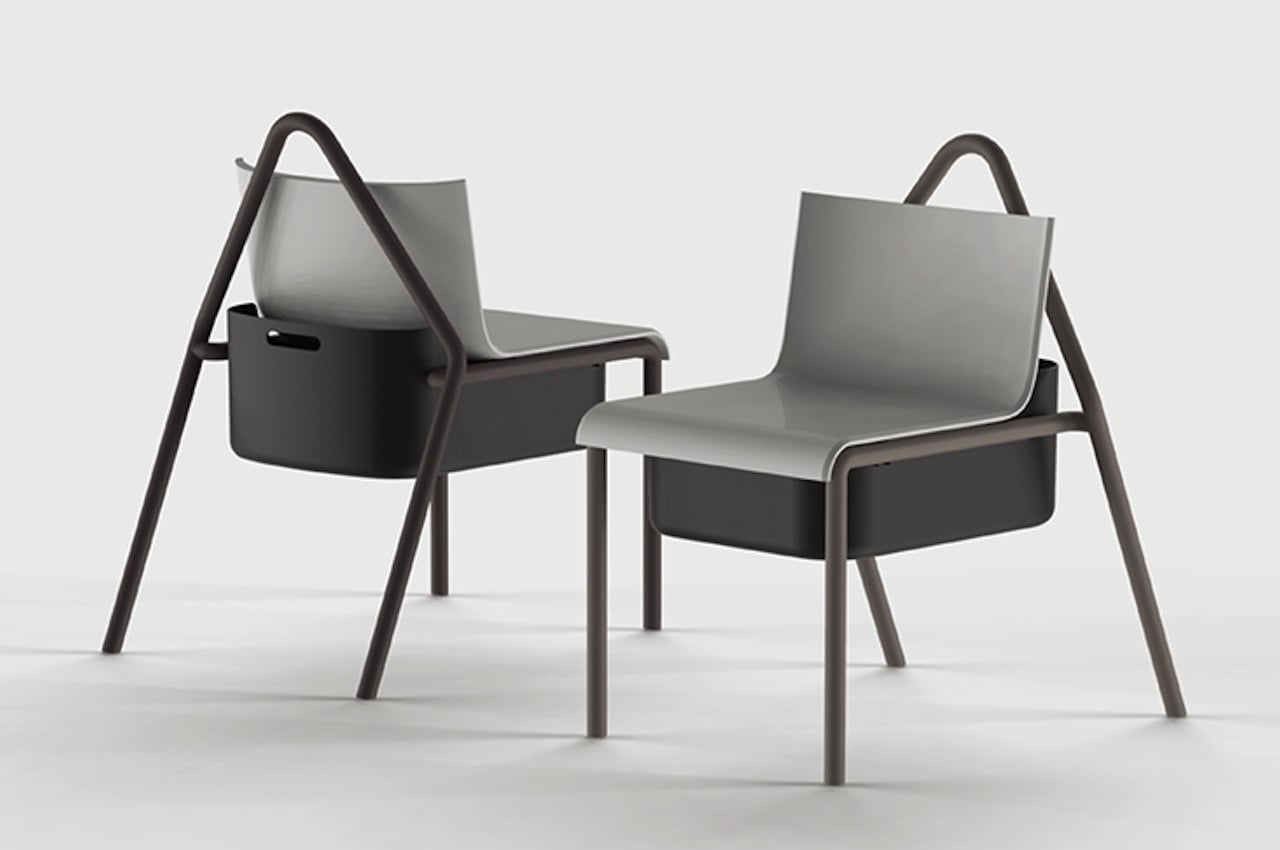
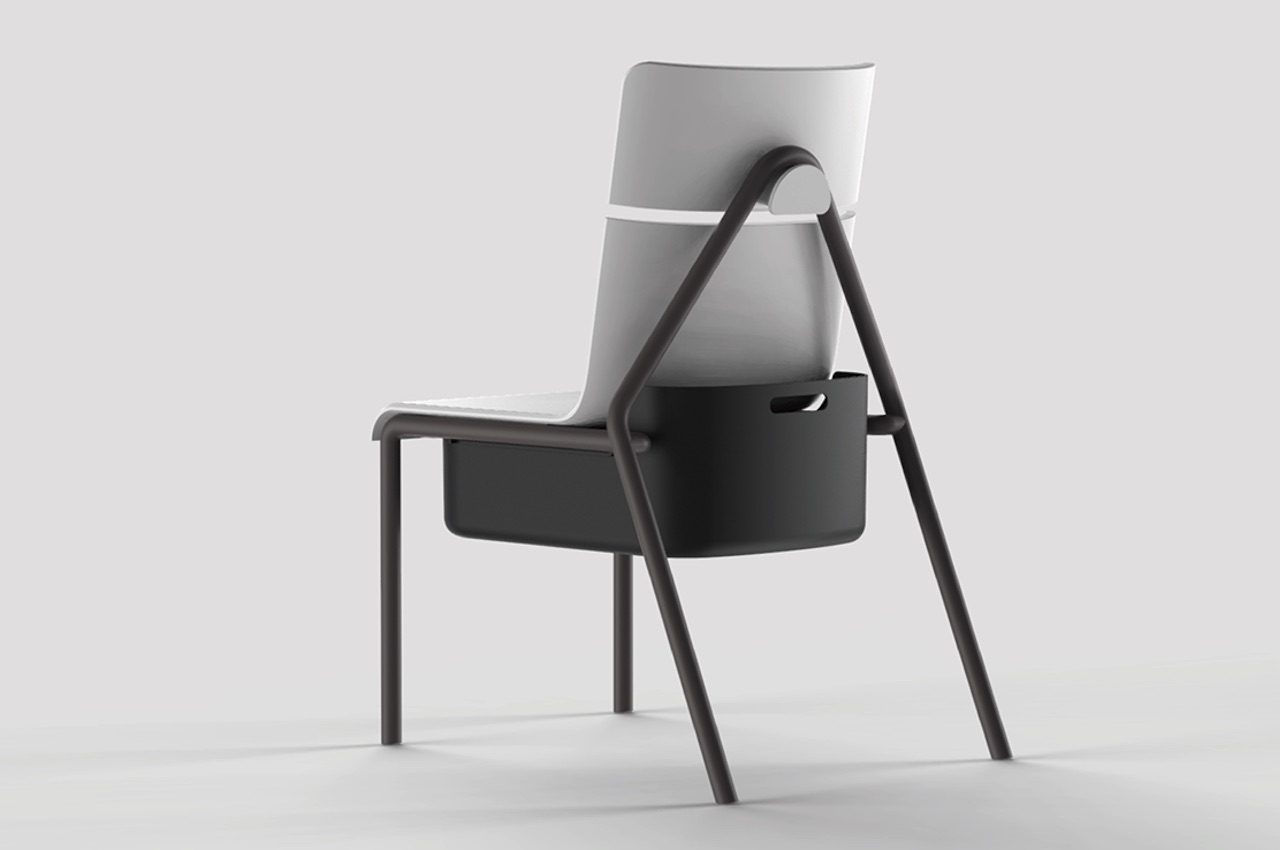
Korean Designer June Woo Lee came up with the Afford Chair to address a number of issues concerning public chairs. His design includes a drawer for storage of your personal stuff. It offers safety because you no longer have to hang your bag from the chair. This will then lessen the chance of having your things stolen because they are kept safe underneath the chair. The storage is easily accessible because it’s a pull-out drawer. You can’t just pull out the drawer from behind though. You need to pull the base of the seat first. This step adds safety because anyone can’t just pull the drawer from behind. There is a lock that secures the storage when a person sits on the chair.
5. The Ermis Chair
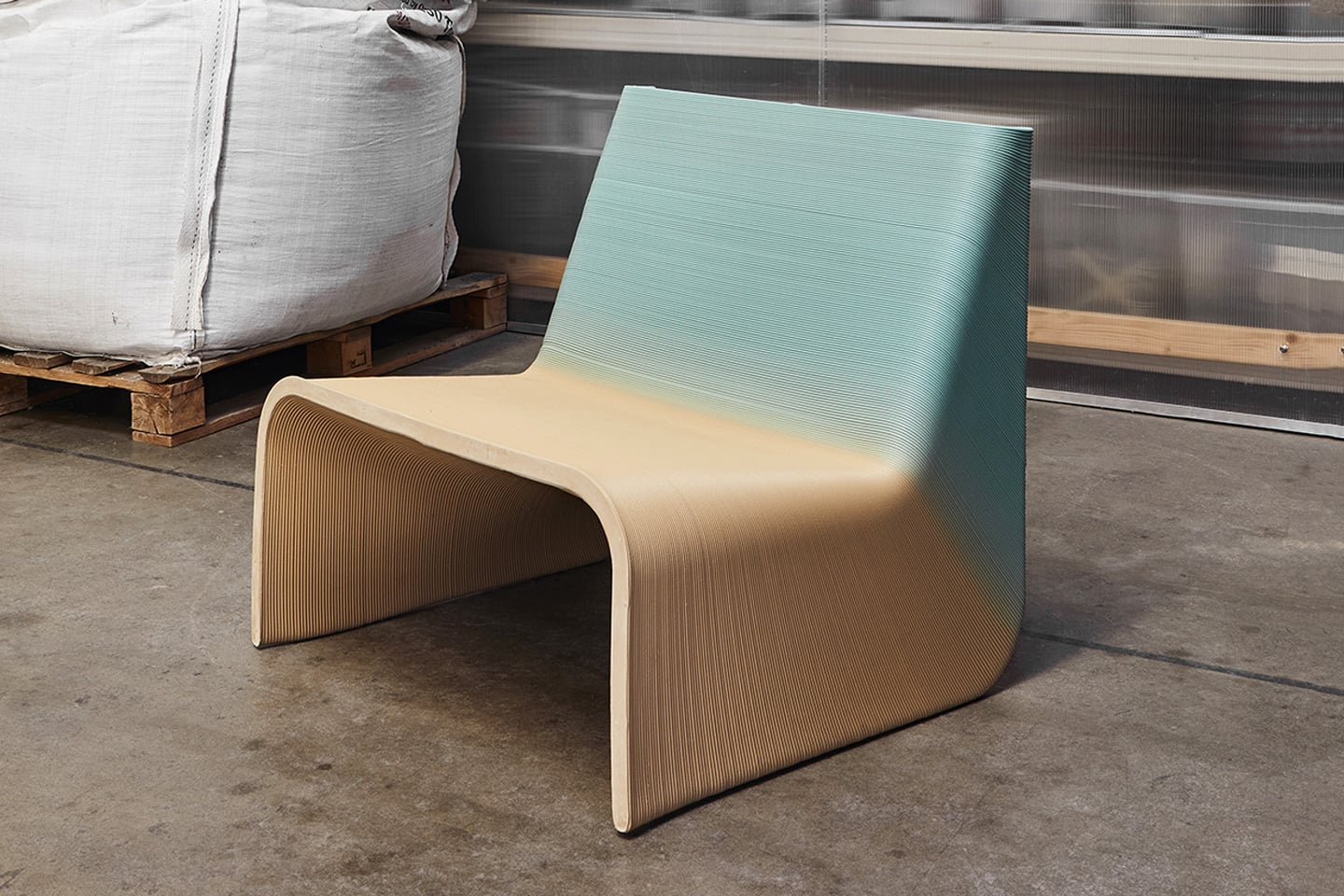
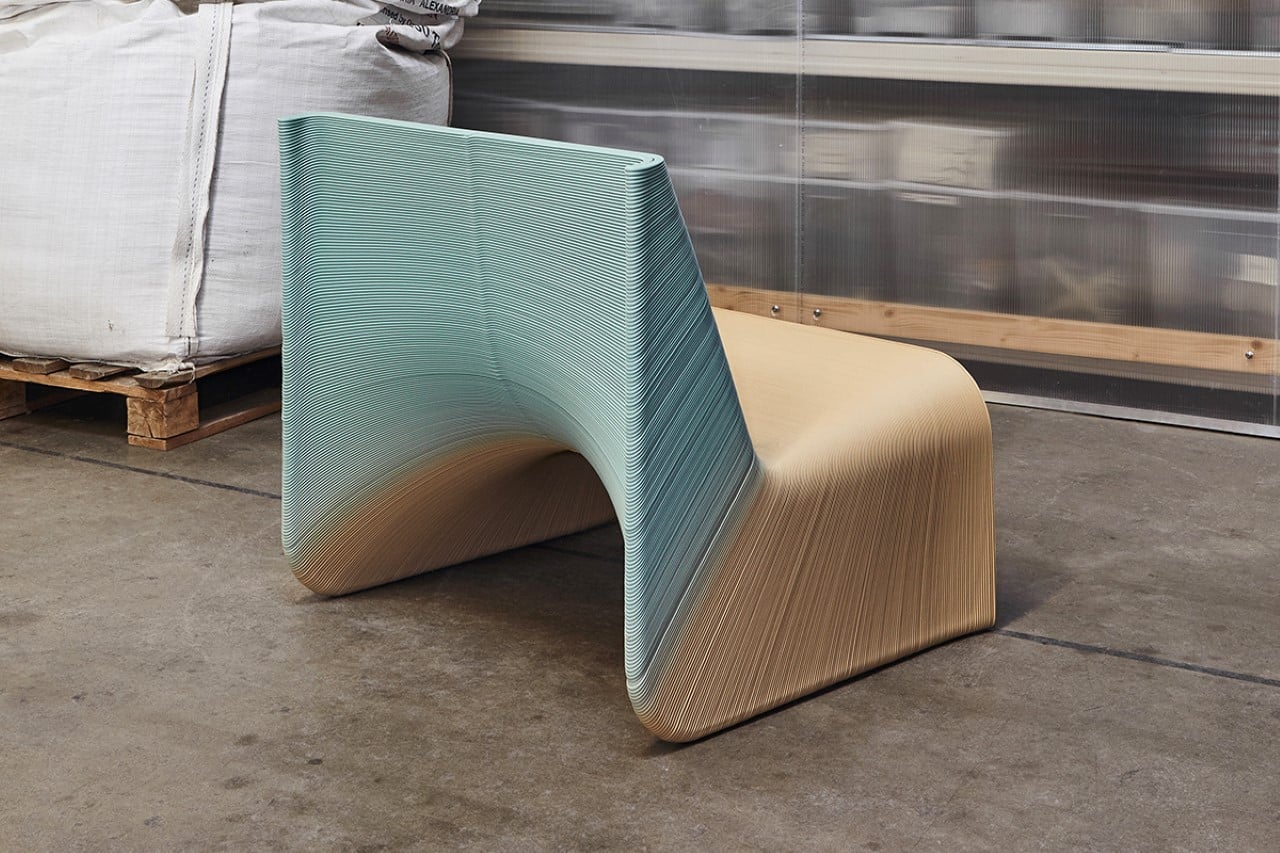
It feels strange to see a chair that massive and to think that it was built using 3D printing. Something incredibly unique about the Ermis’ design are those horizontal print lines. Firstly, they’re absolutely massive, which makes one wonder how large the nozzle on the robotic 3D printing arm could possibly be. Secondly, if you look at the side profile, the lines actually change direction, going from vertical on the front to diagonal, and finally horizontal at the top. It’s quite difficult to imagine how the designers managed to pull this off, especially considering that aside from actually rotating the chair WHILE it was being printed, the Ermis sports a beautifully pristine finish with little to no proof of any support structures.
6. The Collapsible Wood Chair
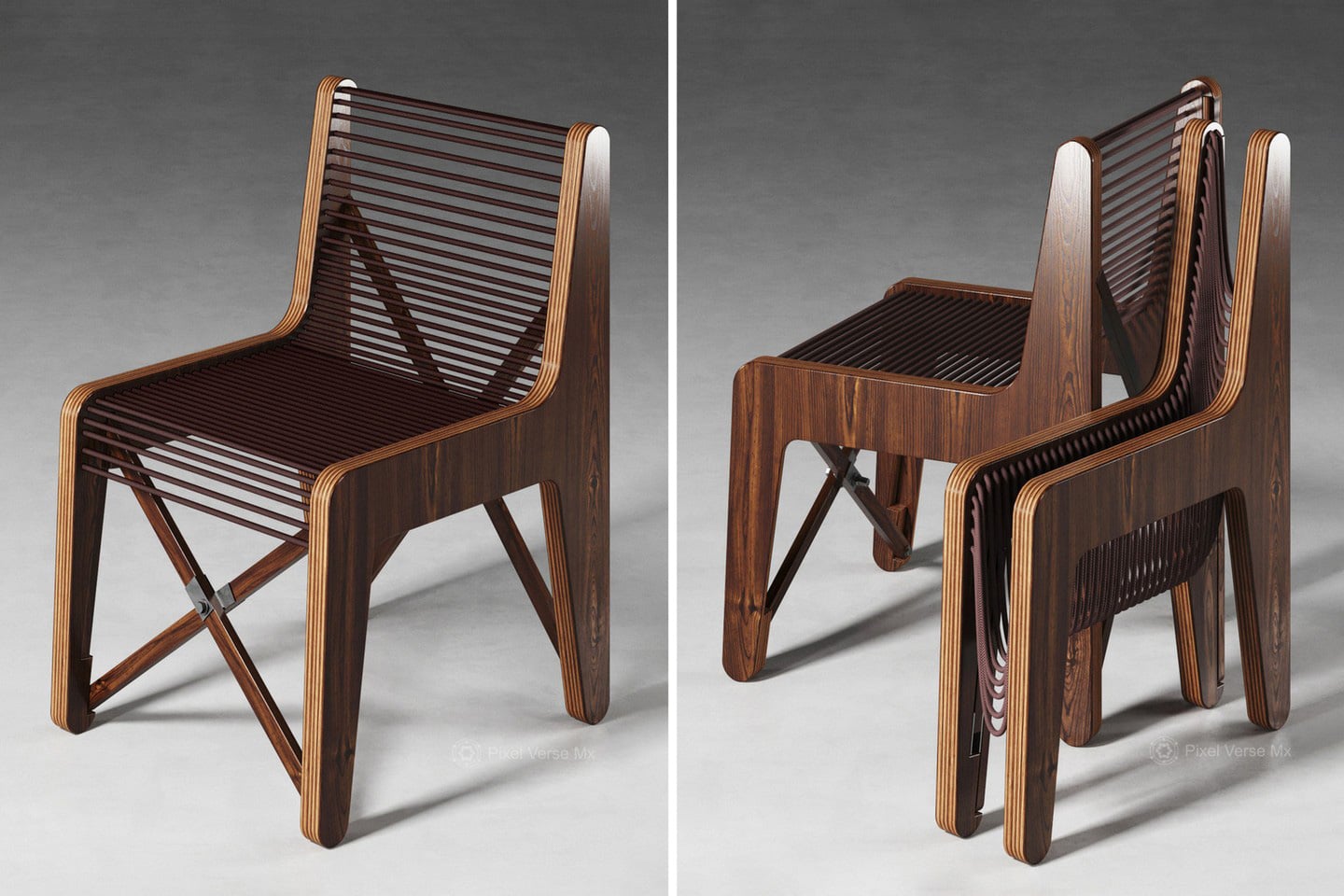
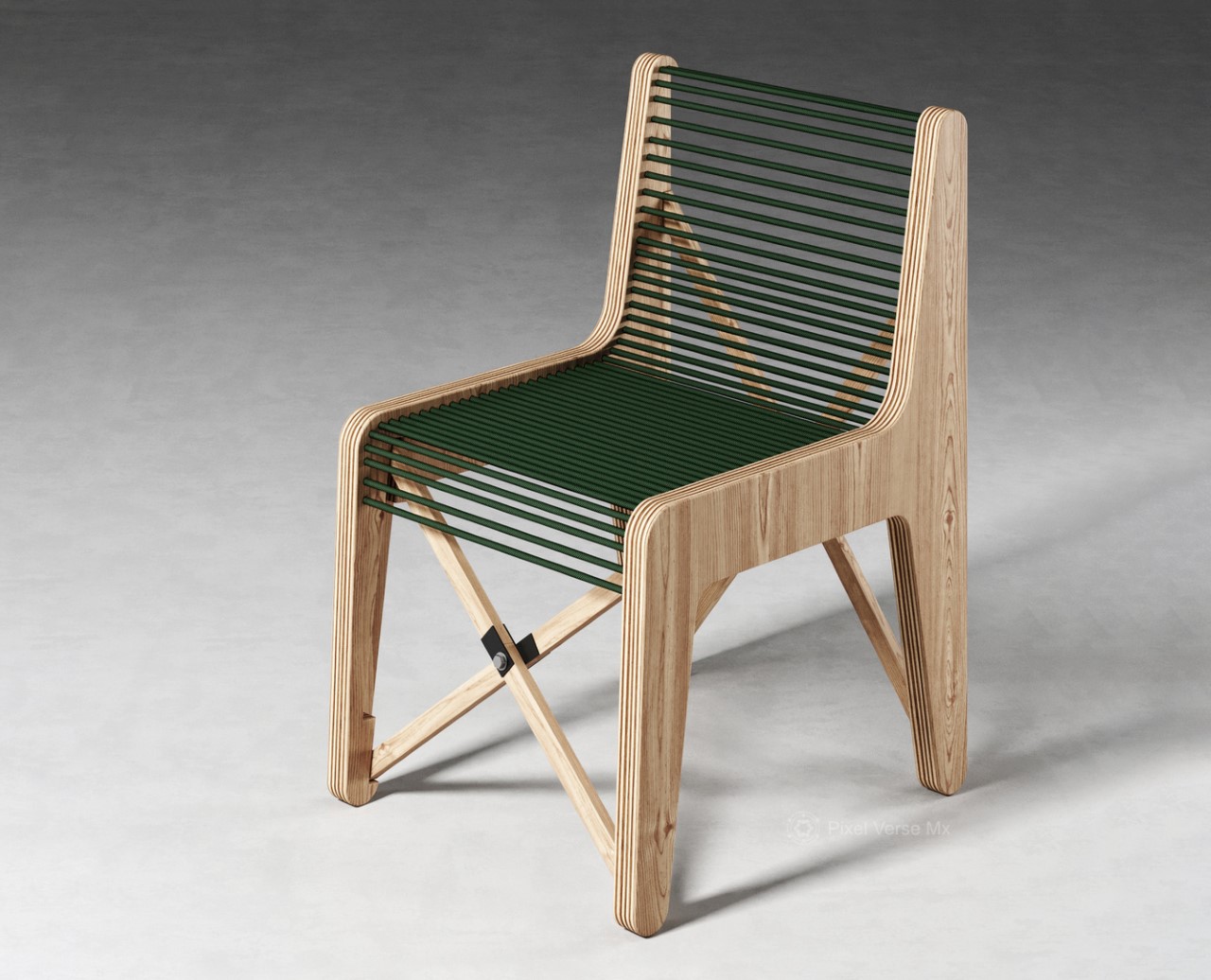
Quite unlike any of the folding chairs you may have seen around you, on the internet, or even on this website, this creative little number comes from Jon 117 SP, a designer based out of Léon, Mexico. Simply titled the Collapsible Wood Chair, the seating uses two almost-identical wooden profiles with a thick paracord weaving between the both of them to form the seat and backrest. The paracord does two essential things – not only does it make sitting feel comfortable (unlike wood or metal which feels rigid), but it also adds a flexible element to the seat where it folds together, allowing the chair to collapse flat when you’re not sitting on it.
7. The azbi Chair

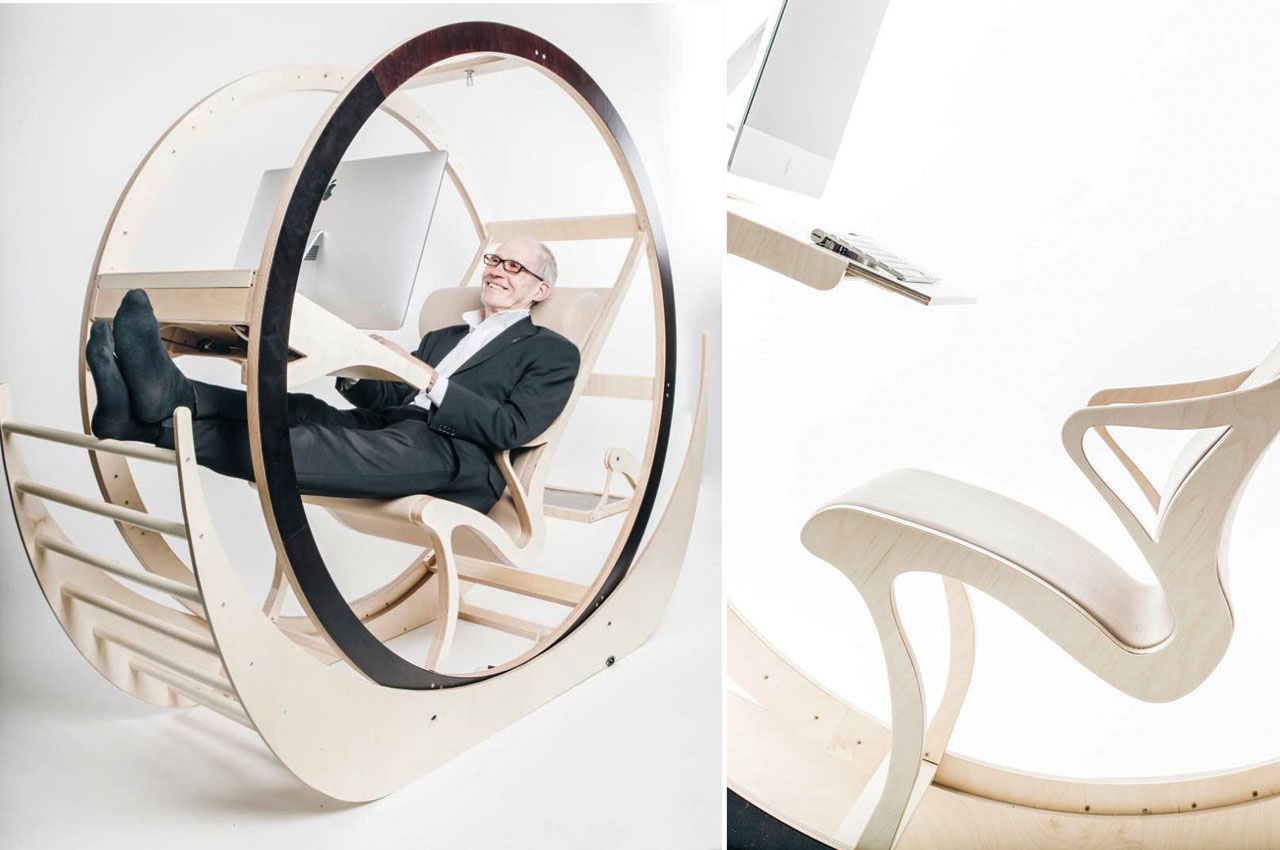
The azbi Chair is a setup that’ll get you instantly excited for its unique seating position which always keeps the screen at the optimum distance for dramatically reduced body and eye strain. According to the designer, the mouse and keyboard stay just where you want them to be, bringing a never-before-seen ergonomic setup for people who have to work for long hours on their PC. Wooden make of the hamster wheel-like chair setup doesn’t promote fitness in any way, but it sure does give laid-back work a whole new meaning. I can imagine myself lying flat on the azbi Chair with music plugged in.
8. The Oto Chair
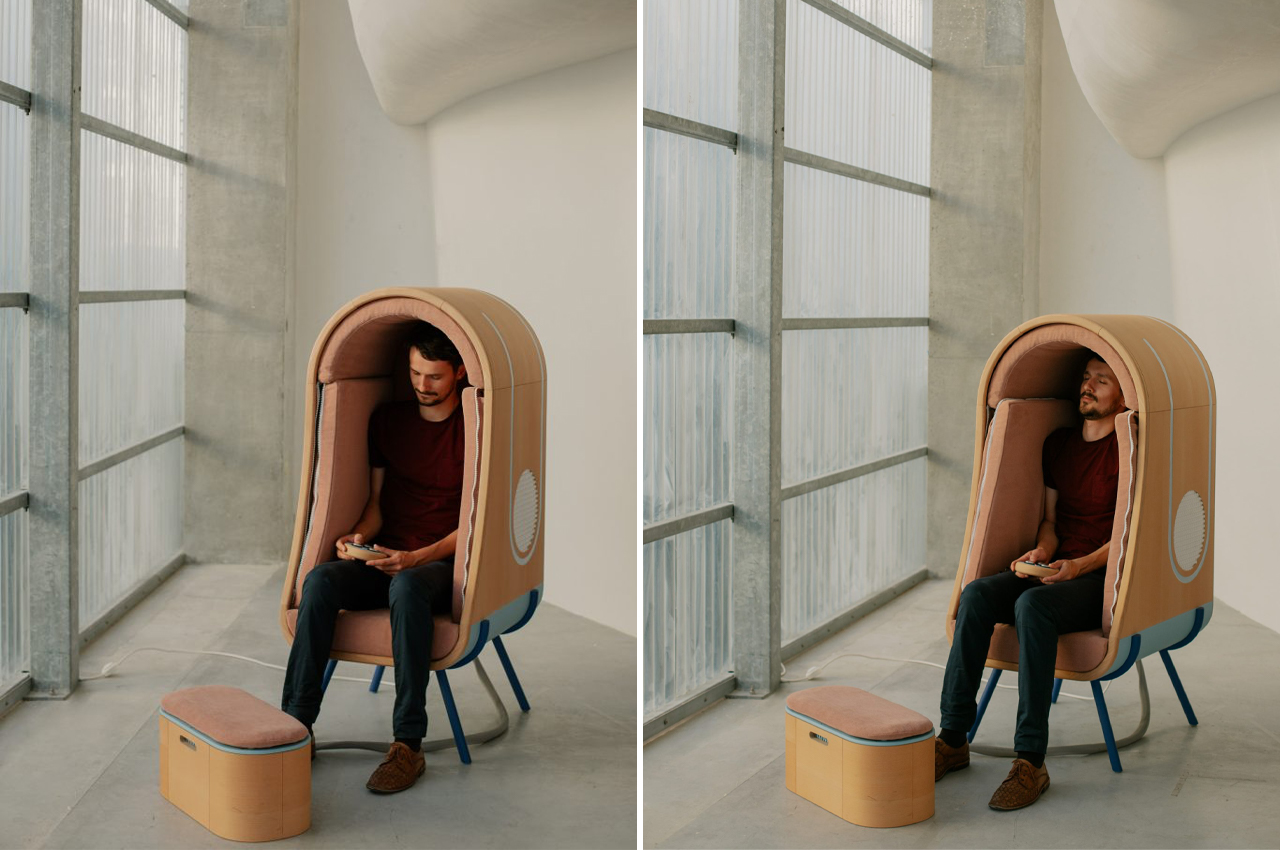
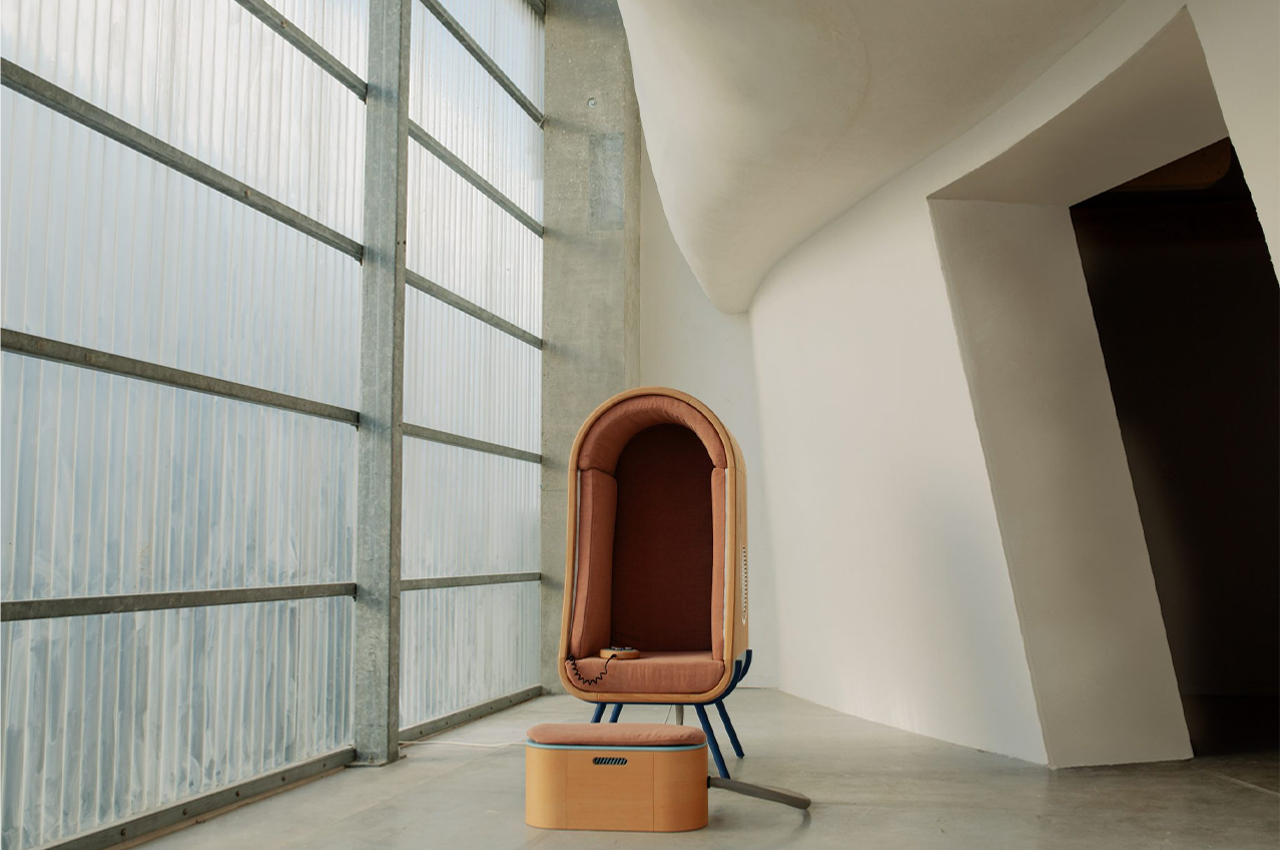
The Oto Chair, or Hugging Chair, is a piece of therapeutic furniture designed for autistic individuals with sensory integration disorders. “As a designer,” Alexia Audrain says, “you have to be in contact with the user, their environment, their daily habits and always make tests before reaching a finished product.” Describing the process of creating a chair designed for users with autism and sensory integration disorders. Considering that 45% to 95% of people with autism have sensory integration disorders, designer Alexia Audrain produced a chair to help quell the effects of sensory overstimulation. The Oto Chair, or Hugging Chair, aims to actively recreate the soothing sensation that comes with being hugged or compressed for individuals with autism.
9. The Invisible Chair
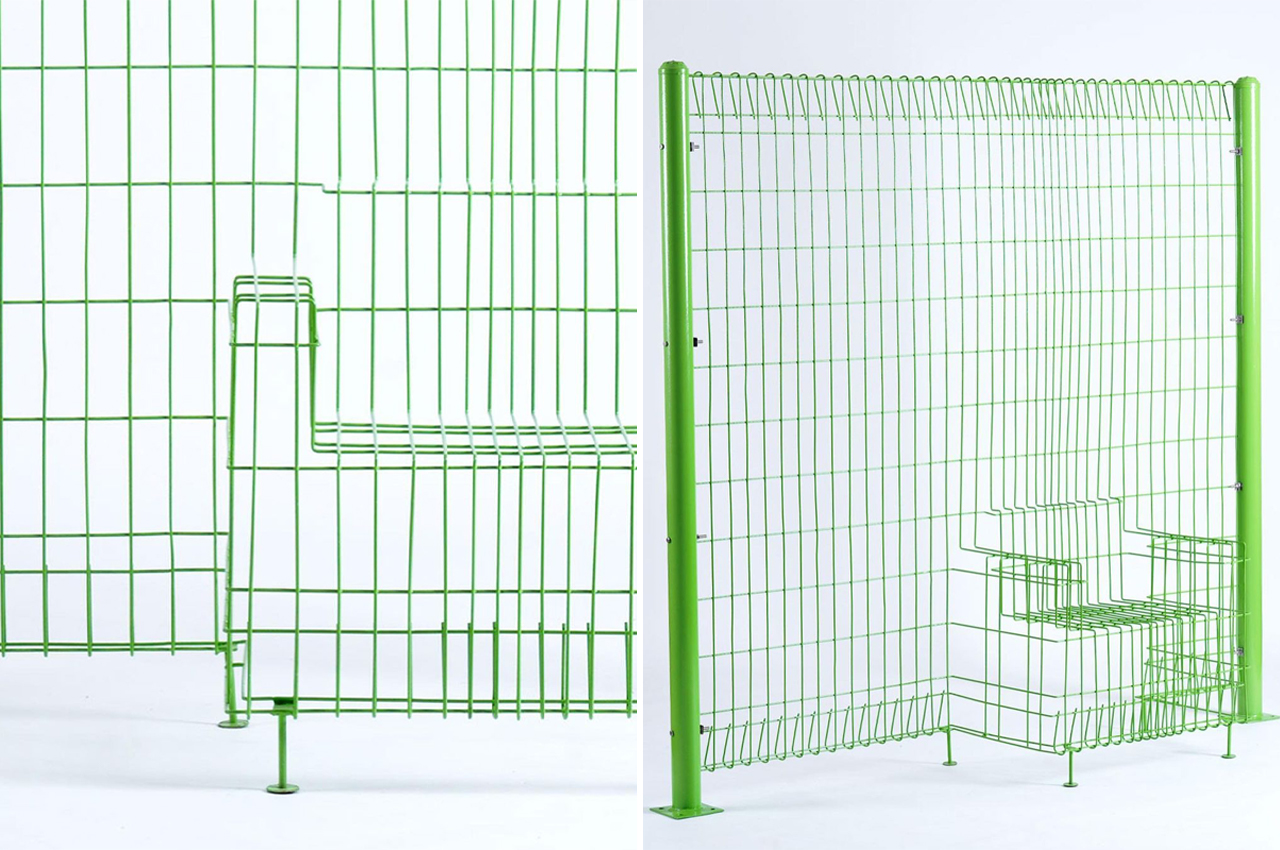
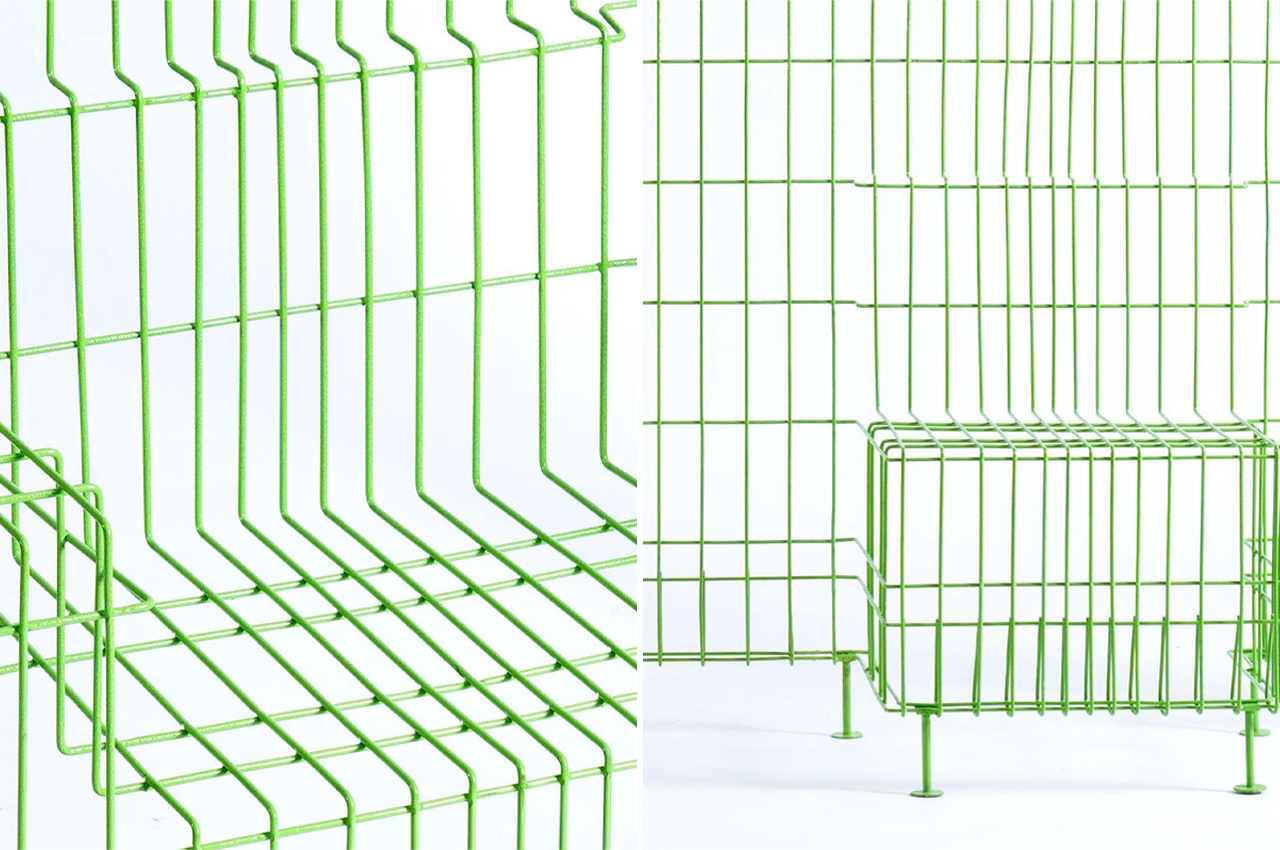
The Invisible Chair from student designer Lee Hyokk is a chair that’s constructed from and incorporated into a steel-link fence. Fences generally require a lot of building material to be made and once finalized, fences are merely designs “that exist for objects other than themselves,” as Lee describes. Hoping to incorporate more than just one function into the chain-link fence, Lee noticed the design’s potential. Following intermittent periods of sketching and ideating, Lee took a small lot of chain-link fences and reorganized some wires to form the silhouette of a chair.
10. The Commute Chair
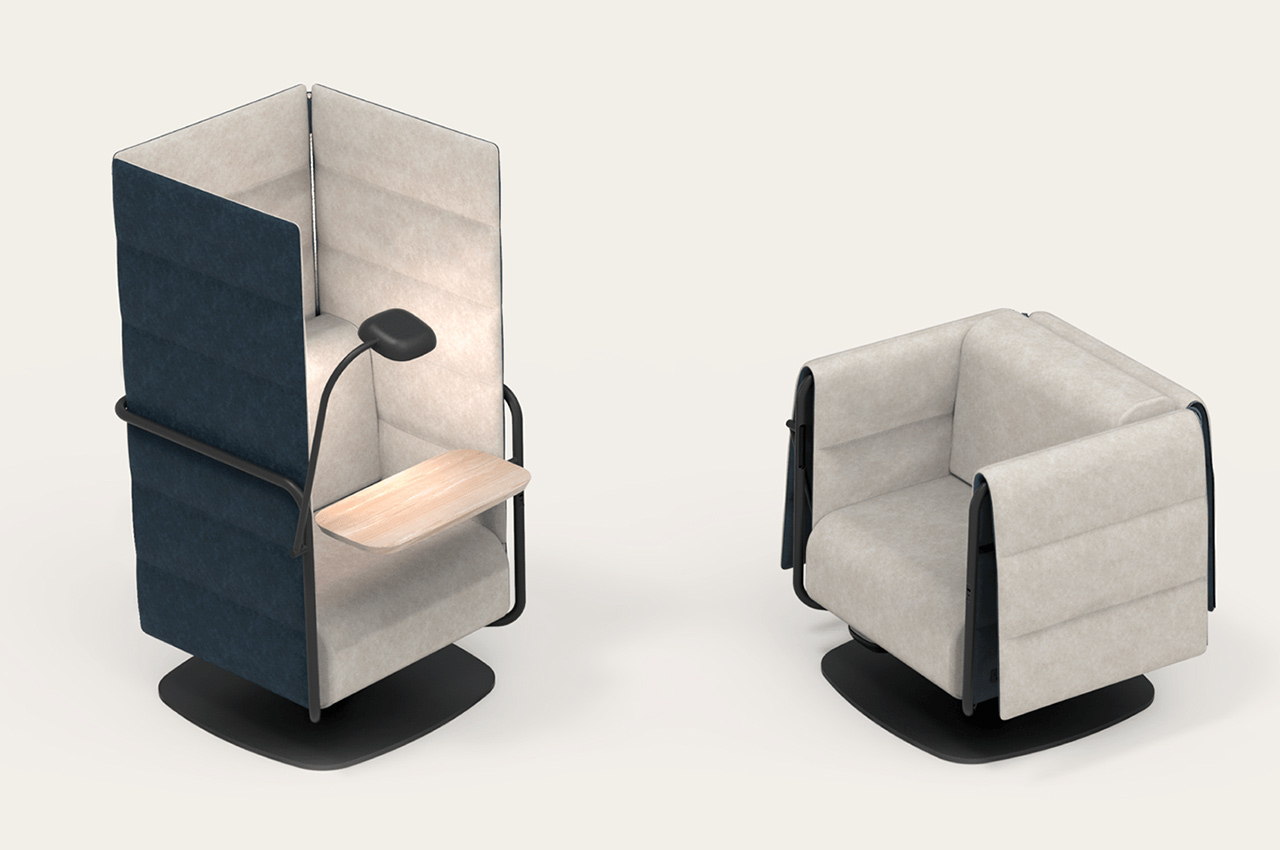
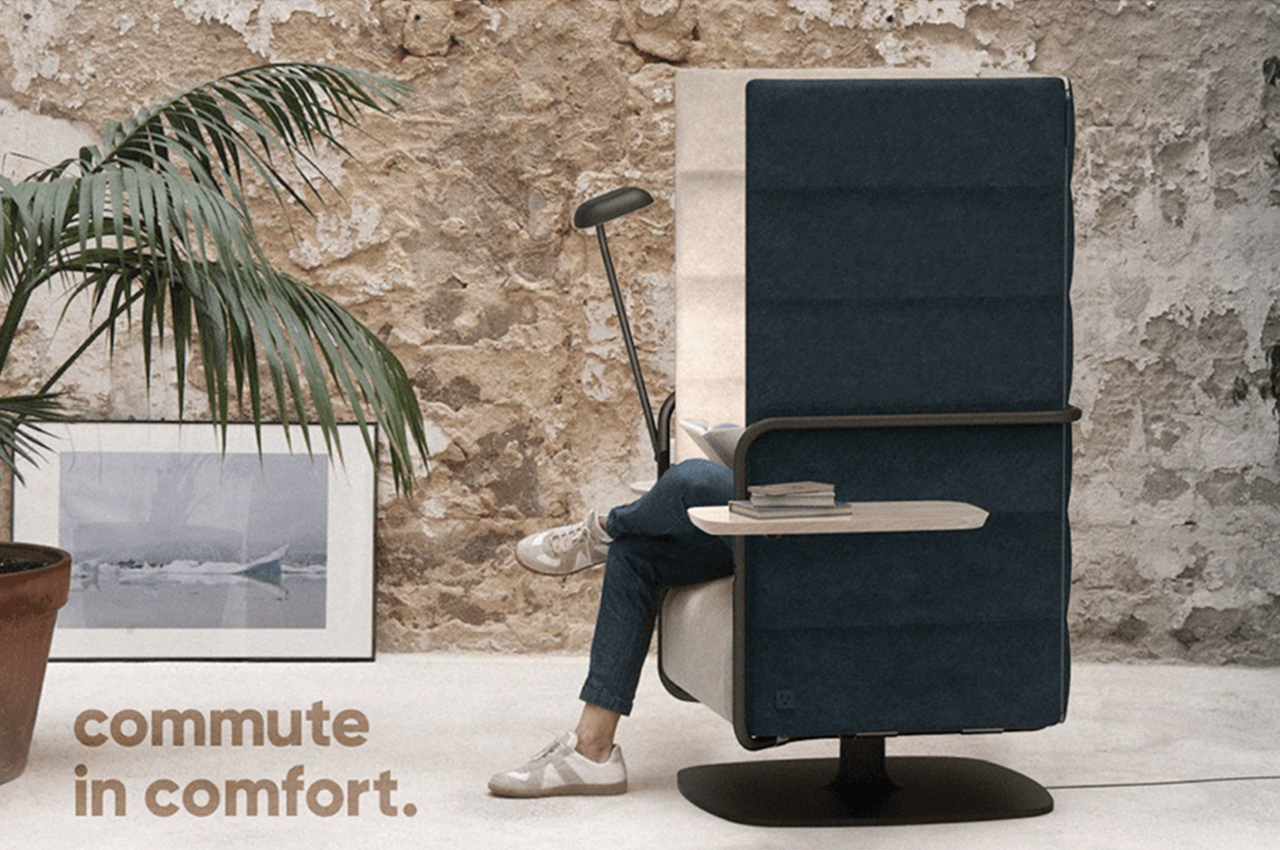
Designer Andrew Mangelsdorf created the Commute chair. The name commute chair might give you the idea that it helps you recreate the journey (maybe it’s a variation of floo powder that transports you while sitting in place), it literally helps create a barrier between your home and workspace. Designing a home office is a luxury not everyone can afford – we often convert our bedroom into the workroom and the dining table into a desk for the day. Commute lets you mentally transform yourself by pulling up the partitions of this ingenious chair.






